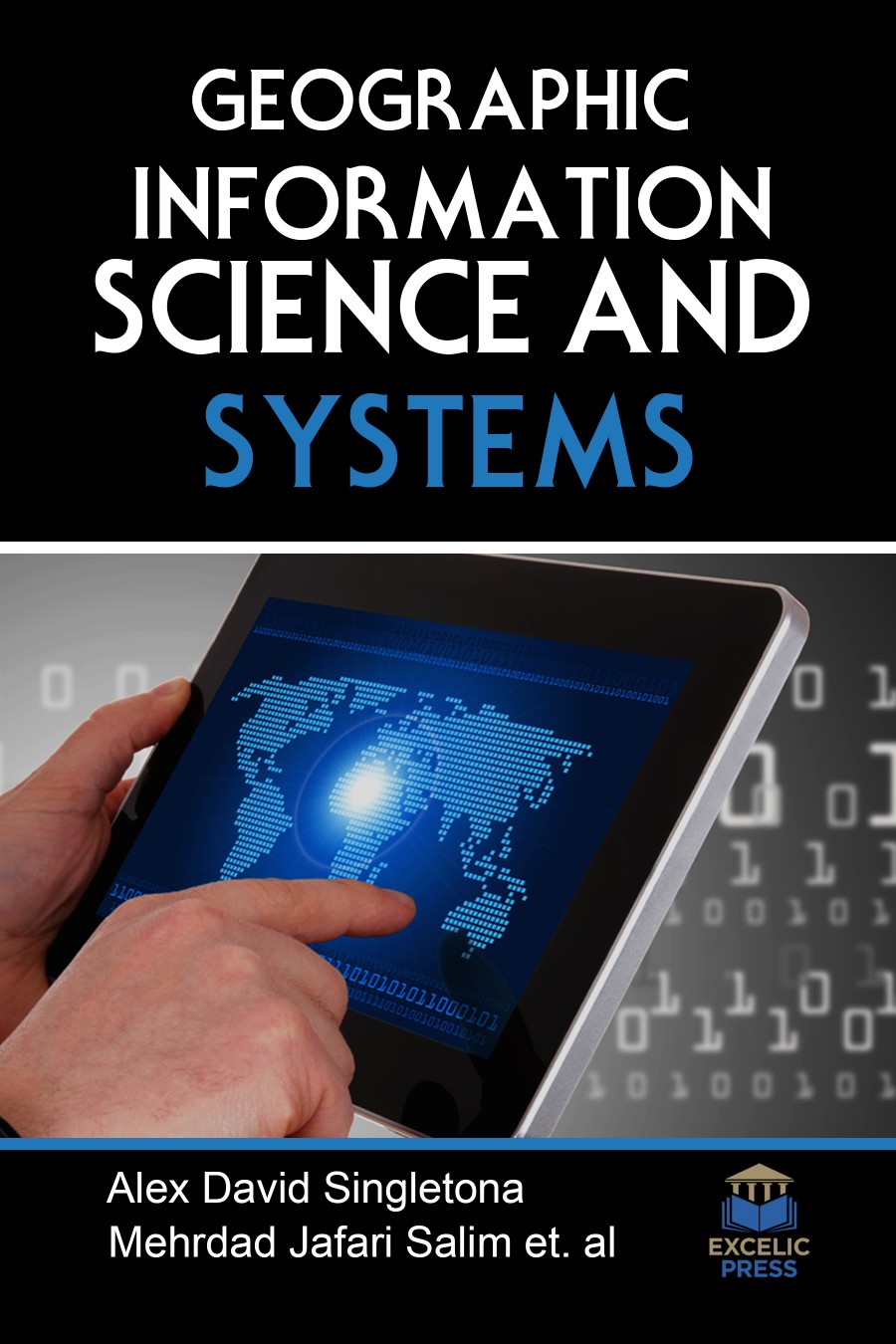GIS is an interface for handling, collecting, sharing, recording, analyzing, updating, organizing, and integrating spatial (geographic) data, derived from maps, remote sensing, or GPS. In the most basic sense, GIS allows for the mapping of all hazard-related data, transforming it into visual information.. The main use of GIS is for spatial analysis, predictive modeling, cartography and visualization. The SI Industry, also known as the GIS industry, is a rapidly growing industry. GIS maps the exact location and survey coordinates of an object in space to provide answer to queries using a computer system. The applications of Geographic Information Systems (GIS) can hardly be overemphasized in today’s academic and professional field.
This volume explores how geographic information science and systems help us to address the pervasive and dynamic challenges facing humanity. It covers research findings that explain GIS’s applications in diverse subfields of social sciences. With several case studies conducted in different parts of the world, the book brings together the theories of GIS and their practical achievements in diverse conditions around the globe. It deals with GIS’s application in the broad spectrum of geospatial analysis and modeling, water resources analysis, land use analysis, infrastructure network analysis like transportation and water distribution network, and much more. Spatial technologies and their applications will be covered. This volume is a good resource for professionals and academics have been using GIS than ever – urban & regional planners, civil engineers, geographers, spatial economists, sociologists, environmental scientists, criminal justice professionals, political scientists, and alike. As such, it is extremely important to understand the theories and applications of GIS in teaching, professional work, and research.













